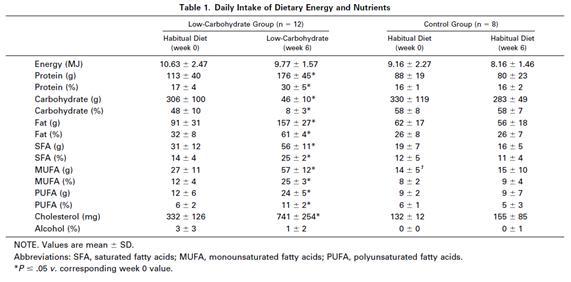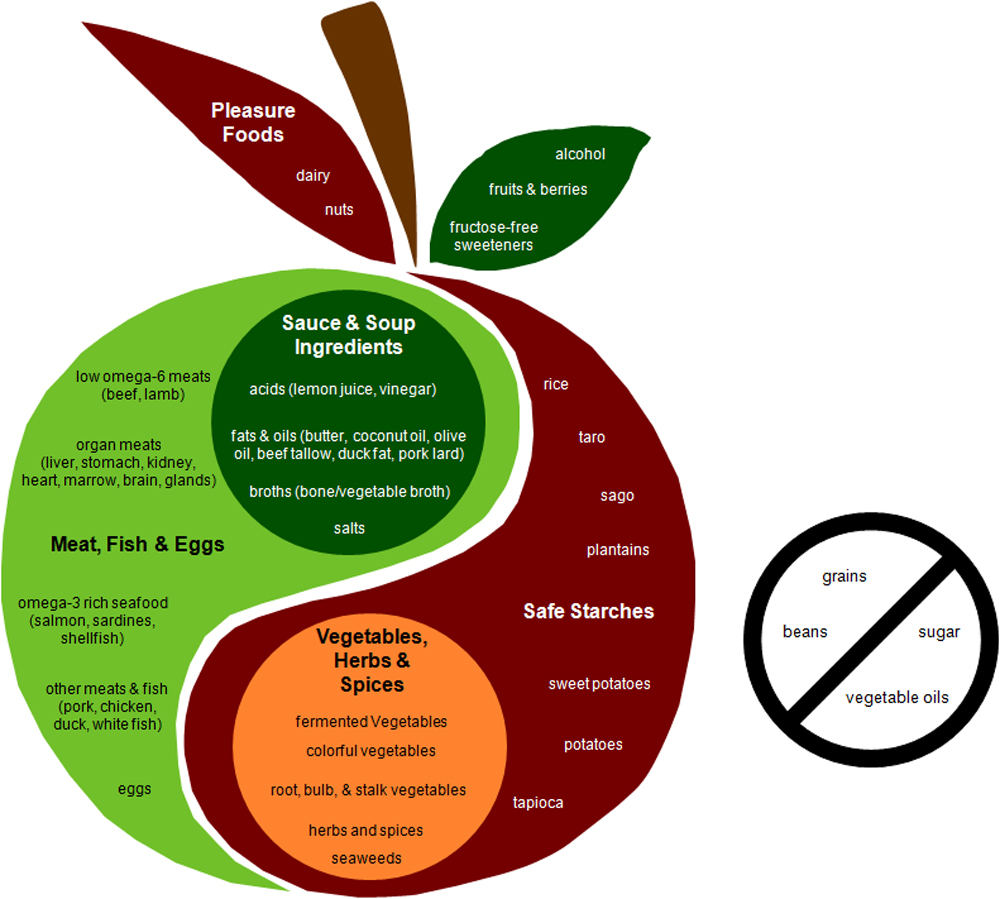I’d like to thank Chris and Danny for a very enjoyable podcast. Thanks to the great hosts and the great questions submitted by the audience, I think it came out really well.
Chris gave our book a great recommendation even before it was published and really introduced us to the blogosphere; we’ll always be grateful for that.
A little note about our posting schedule: We didn’t do a food post on Sunday because Shou-Ching is away at a conference. Food posting will be back next Sunday. Also, I’ll be continuing our Low Carb Diet and Thyroid series shortly; it should be a very interesting series.
Thanks, Chris and Danny!



















Recent Comments